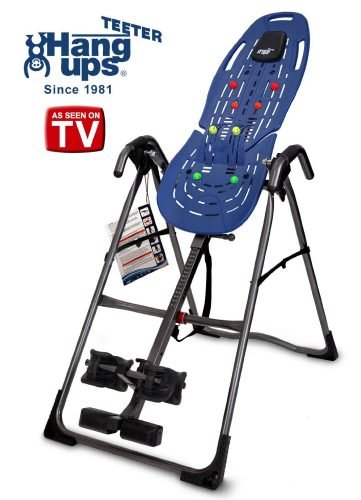As you may already be aware, the spine is made of vertebrae and soft pads called intervertebral disks. These disks resemble soft pads and are intended to serve the role of shock absorbers, sparing your spine from the jarring that comes with such unassuming activities as walking, running, or jumping. Moreover, they also help the spine be more flexible, and give you a better range of movements. These pads are made of two parts, the proper medical names of which are not that important to our discussion here.
The point is that, from time to time, the liquid from the inner section gets pushed out by the vertebrae, spilling through the outer section. This results in a “bulging disk” or herniation, which can happen to people of all ages, but it’s more pertinent to folks of certain, advanced age. More often than not, bulging disks will not cause pain, but is the space between them becomes too narrow, they’ll pressure the nerve, causing much discomfort, to say the least.
Due to gravity, vertebrae will pressure said disks, and these will in turn pressure the nerves, causing you pain. This is called spinal compression. Inversion tables can help here and have been helping, in one form or another, since 400 B. C. when Hippocrates used a system of pulleys and ladders to suspend his patients upside down, thereby counteracting spinal compression and relieving pressure from the vertebrae, disks, and, in turn, nerves. Inverting at least twice a day will pull the vertebrae away from each other, creating space between them for the disks to expand, so to speak, and stop pressuring the nerves. This, in turn, results in reducing or outright eliminating the back pain, at least for the duration of the session.
Although it can relieve a lot of pain, inversion is not without risks, especially for folks with recent bone fractures, osteoporosis, and skeletal implants. Also, people who suffer from high blood pressure, have suffered a stroke, retinal detachment or a middle ear infection should also avoid using inversion tables. Moreover, if you are using any blood-thinning medication, you should also consult a professional before opting for an inversion to relieve back pain. This applies to everyone considering inversion tables, in general.
One final thought – before you opt for an inversion table, you should keep in mind that inversion causes your heart rate to slow down, and your blood pressure to climb up. This, of course, should concern anyone with related conditions, congenital or contracted, such as high blood pressure. The best course of action, in this case, would be to seek professional help before doing anything.





